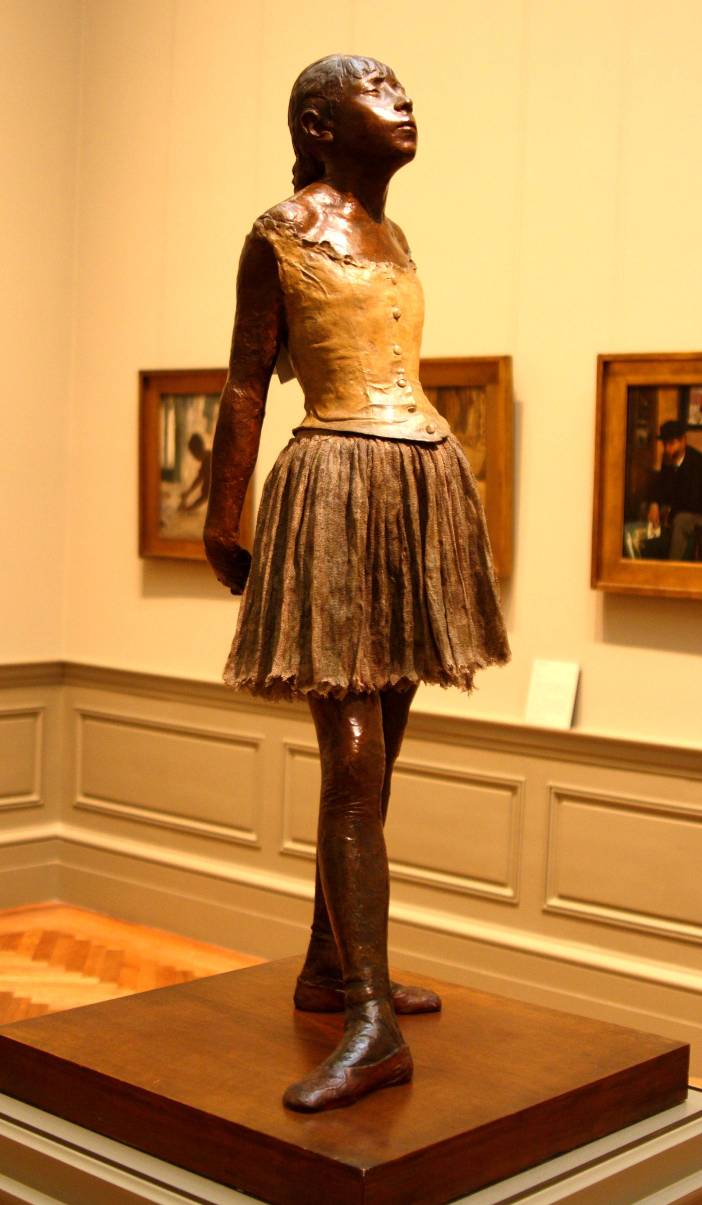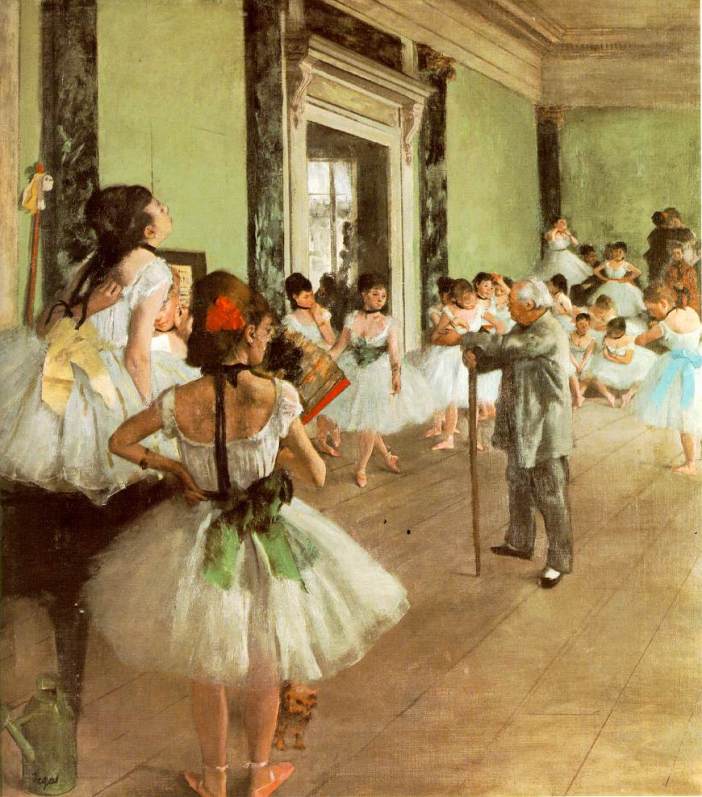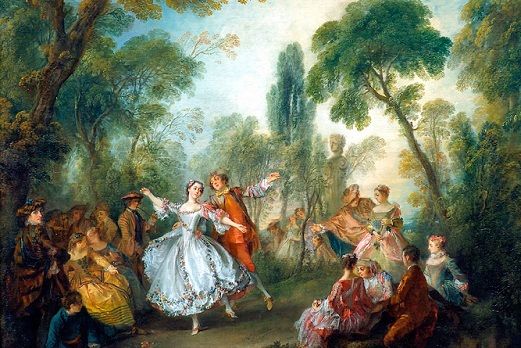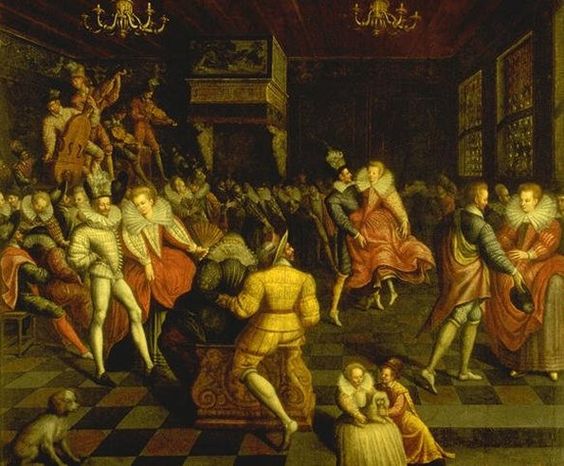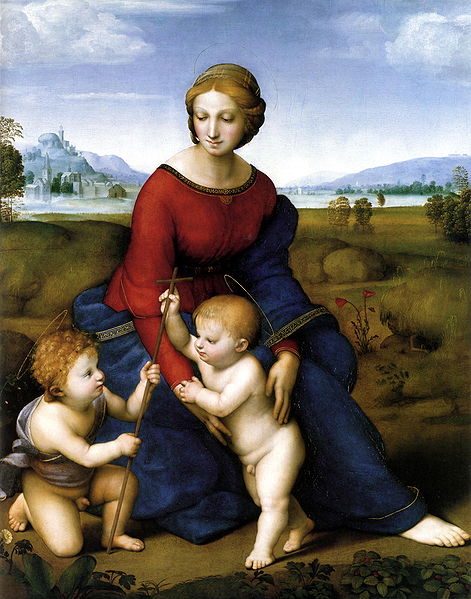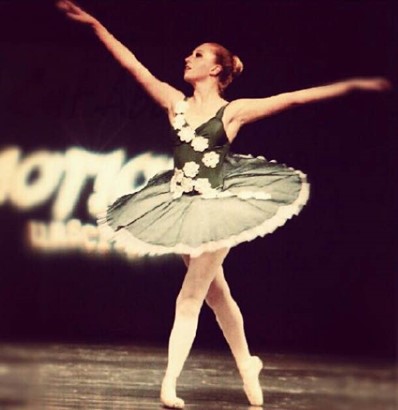My favorite film of all time, Black Swan, was directed by Darren Aronofsky and released in 2010. The film was extremely successful, raking in a whopping $329,398,046 worldwide according to Box Office Mojo. In total it was nominated for five Oscars including one win, which went to Natalie Portman for Best Actress in a Leading Role. However, this comes as no surprise to me as it is my absolute favorite movie. The drama/thriller takes an intellectual spin on the pressures of the ballet world and creates a suspense that will have you on the edge of your seat.
According to IMDB, the screenplay was written by Mark Heyman, Andres Heinz, and John J. McLaughlin. I find that they did an excellent job capturing the drama that can be found within ballet companies and the relationships that ensue between creative directors and their dancers. While the script does take its time getting to the more dramatic scenes, the suspense builds in the small details of the main character, Nina, gradually losing her mind. Script Shadow states, “Black Swan is a very intriguing story with a quiet slow burn… Heyman focuses on the tiniest of things. The way shoes sound as they click against the pavement. The way a slight breeze tussles at your hair.” All of these small details are brought to your attention quite frequently and it can almost be a stimulus overload. In fact, it took me watching the movie several times before I really felt that I had caught all of the important details in the script that give hints to the larger scheme of the story.
As a dancer, something I was really curious to see upon watching Black Swan was how they would make the actresses such as Natalie Portman and Mila Kunis appear to be professional ballerinas. I was very impressed by how they managed to manipulate the camera shot to switch out stunt doubles for the actresses. They would often shift the point of view to either to the top half of the actress or to solely her point shoes (which were of course those of a true ballerina stunt double). I also noticed that they occasionally used the mirror to show the whole body of the ballerina, but they made the image of the mirror just out of focus enough that you could not distinguish the actresses’ face.
Another unique element of Black Swan was the scene transitions that were used to take the film from one point to another. I thought this was summed up nicely (although harshly) by Script Shadow, “You know how as film evolved, we’ve been encouraged to cut out all the meaningless stuff? For example, instead of showing a character walk from their house to the train, we should just cut to the train? Yeah, Heyman doesn’t do that. If someone needs to walk somewhere, we walk with them.” There are many scenes that continue from place to place and very rarely does the main character go from one place to another with no in-between footage showing how they got there. While the author of this review was not so enthusiastic about this style of scene transitions, I found it to be a rare and signature style that contributes to the movie’s ominous persona.
The supporting actress that stood out the most to me in this film was actually Nina’s mother, played by Barbara Hershey. (Spoiler Alert!) This is mainly because I feel that she is the key to understanding that Nina is actually suffering from schizophrenia and that everyone is not actually out to get her. The mother is painted to be overly protective and often tries to stop Nina from performing as she can see Nina’s mental health deteriorating. In the video above you can see the mother trying to help Nina as she becomes violent and even smashes her hand in the door. This is meant to become confusing, however it can be better understood once you realize the symbolism being used in the scenes where Nina is transforming into a swan. The swan becomes a symbol of Nina’s psychotic state of mind where she is becoming overly obsessed with the role. In these scenes where her toes appear to be webbed and it looks like feathers are growing out of her back she is clearly displaying signs of a mental break.
The video above truly captures one of the most climactic moments of the film, Nina almost fully transforms into a swan. Special effects are used to make it appear as though she pulls a feather out of a bump on her back and her legs buckle backwards like that of bird. In this moment, a foley artist inserted the noise of the feather pulling out of her skin and her legs breaking and snapping backwards at the knee joint which sums up to an almost cringe-worthy moment in the film. The music used in this scene and throughout the entire movie was done by Clint Mansell who scored the film based on Tchaikovsky’s ballet Swan Lake, but Mansell made his own touch on the classic with radical changes to the original music. This new rendition of Tchaikovsky’s music is used for the whole movie with no other music or original songs.
While there are many intense scenes in this film, my absolute favorite is the scene where Nina performs the role of the white swan’s transition into the black swan. The lighting is very dark (low key lighting) except for the spotlight that follows Nina across the the stage helping her to standout above all else. Her costume and makeup are dark and mysterious. She wears a black tutu with a fishnet over her face and contacts that appear to make her eyes look completely red. This scene provokes a variety of emotions… As a dancer I am excited to see Nina finally nail the role of the black swan which she originally struggled to embody. The setting of the stage with the back drop and spotlight gives me butterflies as I know exactly what it’s like to be in the moment just like that, catching your breath in the wings and knowing that you just laid your heart out on stage. However, the victory is short lived as you fear that the black swan is going to bring out the dark side of Nina that she has been fighting within. None the less, the dance is mesmerizing and one cannot help but be captivated by the black swan.
“Black Swan”. IMDb, 2010.
http://www.imdb.com/title/tt0947798/fullcredits?ref_=tt_ov_wr#writers
“Black Swan”. Box Office Mojo, 2016.
http://www.boxofficemojo.com/oscar/movies/?id=blackswan.htm
“Black Swan”. ScriptShadow, August 19, 2009.
http://scriptshadow.blogspot.com/2009/08/black-swan.html
